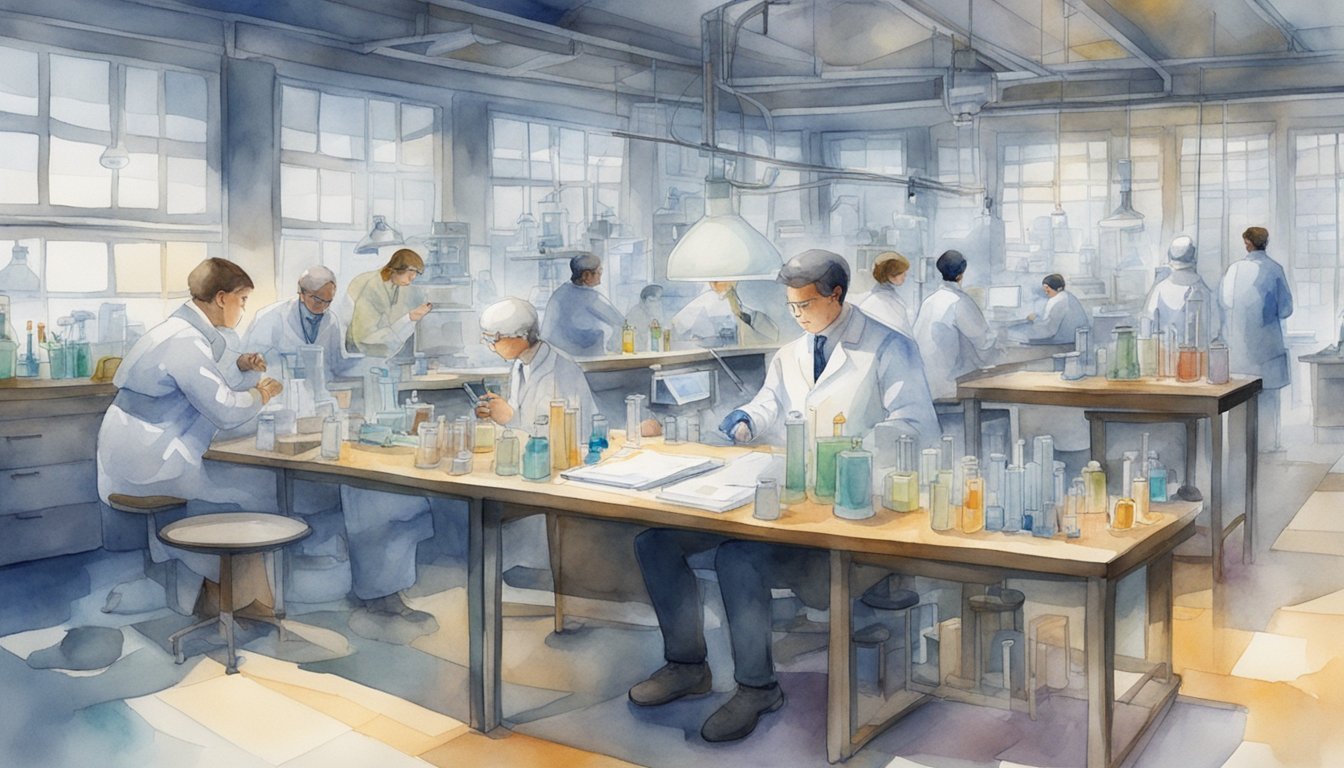Understanding Artificial Womb Technology
Recent advancements in biotechnology have led to the development of an innovative concept known as artificial womb technology. It’s transforming the way we think about neonatal care and gestation outside the traditional maternal womb.
What Are Artificial Wombs?
Artificial wombs are devices designed to allow for the growth and development of an embryo or fetus outside the human body. They aim to replicate the conditions of the maternal womb, providing a safe, controlled environment for the fetus to grow when it cannot remain inside the mother.
The Science Behind Gestation in Artificial Wombs
Gestation in artificial wombs involves closely mimicking the conditions found within the maternal womb, particularly the amniotic fluid and the exchange of nutrients and gases through an artificial placenta. These conditions are essential for the growth and development of what could be termed a ‘gestateling’—a fetus gestating in such a setup. Scientists are working to refine these systems to ensure that gestatelings receive the precise biochemical signals needed for proper organ development and immune system maturation. Ethical and medical questions continue to arise, with some people wondering about reproductive processes in general, asking things like “do you ovulate when pregnant” while discussing broader implications of artificial gestation. As research progresses, the hope is that such technology could one day support premature infants or even offer alternatives to traditional pregnancy.
Current Research and Breakthroughs
Researchers at institutions like the Eindhoven University of Technology have showcased significant progress in artificial womb technology. The so-called ‘biobag’ system is one such breakthrough, successfully trialed in animals and showing promise for future human application. Additionally, clinical trials for human gestation in artificial wombs could soon be a reality, potentially shifting the paradigm for caring for extremely premature infants.
Artificial Wombs vs. Traditional Neonatal ICUs
While traditional neonatal ICUs have been indispensable in saving the lives of premature infants, they do not fully replicate the conditions of the maternal womb. Artificial wombs, however, aim to closely mimic the womb, potentially offering a more natural gestation period for premature babies. This method of ectogenesis might offer significant advantages over current neonatal care by providing a controlled environment tailored to the premature baby’s developmental needs.
Ethical, Legal, and Social Implications

Artificial wombs, or ectogenesis, presents new frontiers in perinatal care and reproductive technology, but it also raises profound ethical, legal, and social questions. The technology could redefine the parameters of viability for premature babies and impact societal views on parenthood and reproductive rights.
Ethics of Ectogenesis
Ectogenesis, the development of embryos or fetuses outside the womb, challenges existing ethical frameworks, particularly when it involves extremely premature infants for whom neonatal intensive care units (NICUs) are currently the most advanced life-saving environments. The use of artificial wombs to sustain premature newborns, who couldn’t otherwise survive, raises questions about the moral obligations to provide care and the potential for increased morbidity and mortality. As the Centers for Disease Control and Prevention (CDC) monitors the survival rates and long-term complications of premature neonates, ethical considerations must guide the research and application of these technologies.
The Impact on Society and Parenthood
Advancements in artificial womb technology could significantly shift social dynamics, affecting how society views traditional parenthood roles. Possibly redefining what it means to carry a pregnancy, it may also influence the experience of connection to the unborn child. Parental roles could evolve, raising questions about equity and accessibility in who gets to use these technologies. As artificial wombs could serve as an alternative to caesarean sections or aid in fetal surgery, neonatologists are considering how this impacts parental expectations and societal norms.
Legislation and Regulatory Considerations
Legally, the advent of artificial womb technology necessitates the development of new legislation and regulatory measures. Complete ectogenesis—growing a fetus from conception to birth in an artificial environment—may soon exit the realm of science fiction, which means laws must be prepared to address issues surrounding the umbilical cord, fetal development, and the viability of life. Clinical trials must be conducted ethically, taking into account the potential for long-term effects on fetal development and the wellbeing of newborns.
Futuristic Visions: Possibilities and Concerns
The potential to fully develop a human fetus outside the body in an artificial environment brings both hope and concern. While the prospects for reducing the risks associated with preterm birth are significant, there are also fears about a dystopian future where natural gestation could become obsolete. Discussing partial and complete ectogenesis …
raises critical ethical questions about the value and meaning of natural pregnancy and the role of technology in human reproduction. Concerns about how such technology should be regulated and by whom are paramount, requiring careful thought and dialogue among ethicists, medical professionals, and the broader public.

